Swallow-tailed Kites are residents of South America, but each summer a part of the population comes north to breed. They nest in Florida, the Gulf Coast to Louisiana and the Atlantic to South Carolina; they’re considered vagrant throughout the rest of the United States east of the Rockies.
Last August, one showed up at Duck Creek Conservation Area north of Puxico. That’s only an hour’s drive, so Dayna and I were on the hunt the first day we had off. We struck out, though we did see plenty of other birders. The kite had brought us bird-nerds out in force.
The bird continued through the week and I made a solo trip back the following Friday. This time it took zero effort to find it. Parked beside Hwy 51, a fellow birder (Hey Jethro!) was watching the kite when I arrived.
I parked behind him (Jethro, not the kite) and began taking photos. Two of the more common Mississippi Kites joined the Swallow-tail hunting over a field beside the road. Mississippi Kites are beautiful birds, but they were drab next to the Swallow-tail, all dapper in his crisp black-and-whites. Both species are beauty and grace on the wing.
Jethro had to go to work and the roadside was all mine. I watched the kites for a half an hour as they devoured cicadas and dragonflies, all captured while performing their aerial ballet. The birds were a little too distant for good photos—though I did at least have the sun at my back—and a deep, water-filled ditch kept me from getting closer.
I pulled up a map of Duck Creek and quickly realized that a secondary road, if it was open, would lead me to a parking area behind the kites. Ten minutes later found me in that parking area, but a second ditch tried to throw another obstacle in my path. This ditch, however, was a trickle compared with the first and I tiptoed my way past.
I made it to the field, but the birds had drifted north. They were foraging, so I held position, they drifted back my way and were soon overhead. I’d lost the favorable light though and while I tried to move enough to overcome this, the birds moved away again.
Hot, thirsty, and crawling with ticks, I called it a day. My camera held over 400 photos and I hoped for some nice shots.
Some of the photos were OK, but they didn’t meet my expectations. Disappointed, I didn’t process any of them until I began writing this post.
Once I did, they weren’t as bad as I thought and I caught some interesting behavior. This Mississippi Kite has caught a cicada, which makes me appreciate kites even more.
This sequence of the Swallow-tail pursuing and capturing a small insect that I can’t identify was cool too. That tiny black dot in front of the kite in the first image is the insect; he’s eating it in the second.
Two days after I saw the kite, he was gone. I don’t know why this bird was in Missouri, far from its normal range. Probably a case of post-breeding wanderlust, something that you see in many species besides kites.
I’m going to the Gulf later this year, so I may get to see and photograph another Swallow-tail, but the chance to do it here at home is unlikely to come again.
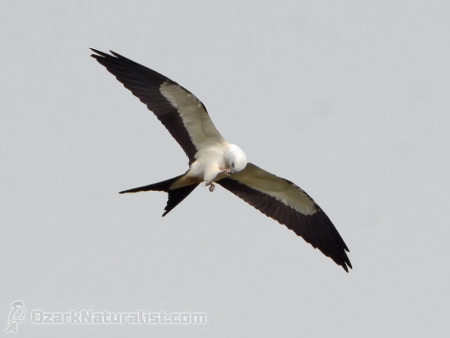
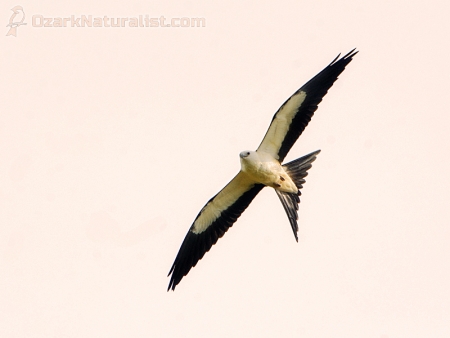
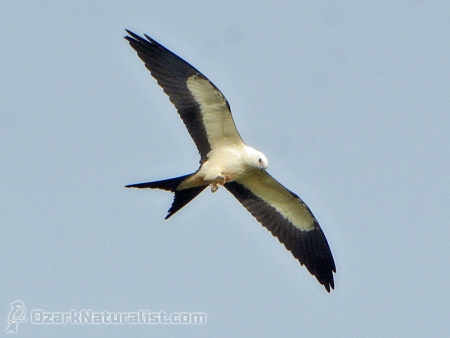
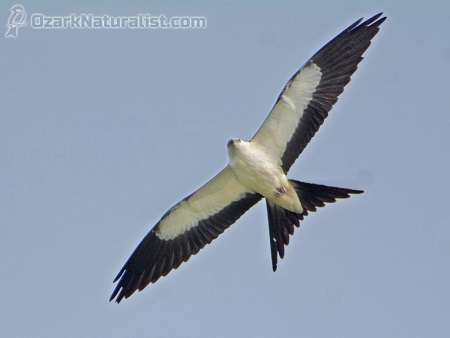
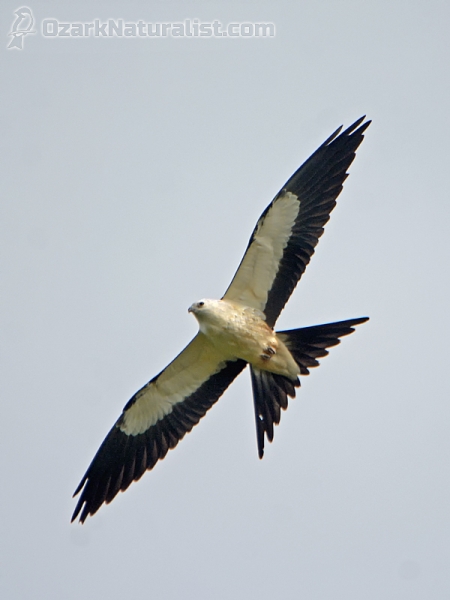
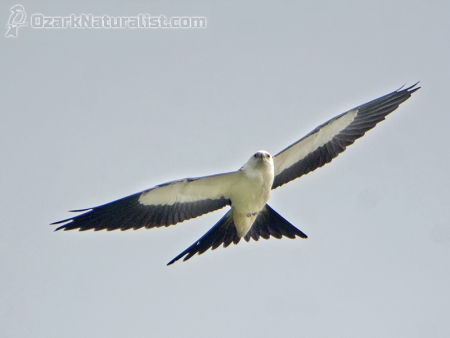
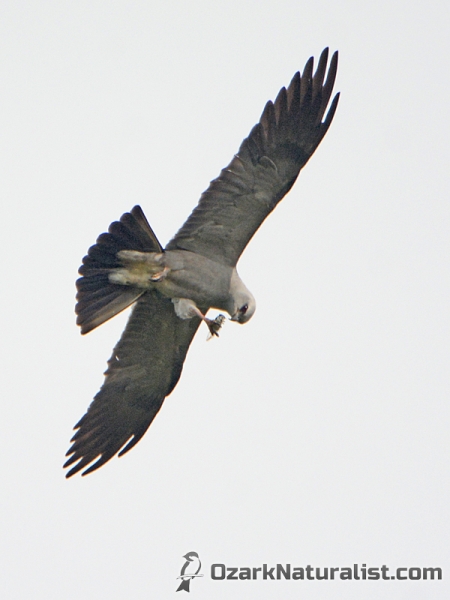
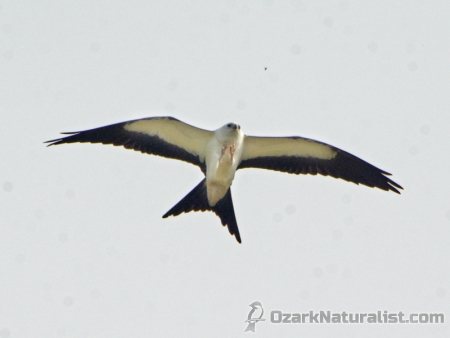
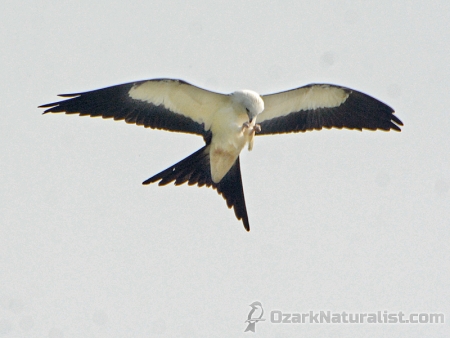
Magnifique! Many thanks for your fantastic photography.
Check out show Me Solar’s latest newsletter
Nature’s Cry for Help at
https://www.showmesolar.org/blog
What is your email address for Show Me Solar newsletter updates?
Magnifique! Many thanks for your fantastic photography.
Check out show Me Solar’s latest newsletter
Nature’s Cry for Help at
https://www.showmesolar.org/blog
What is your email address for Show Me Solar newsletter updates?